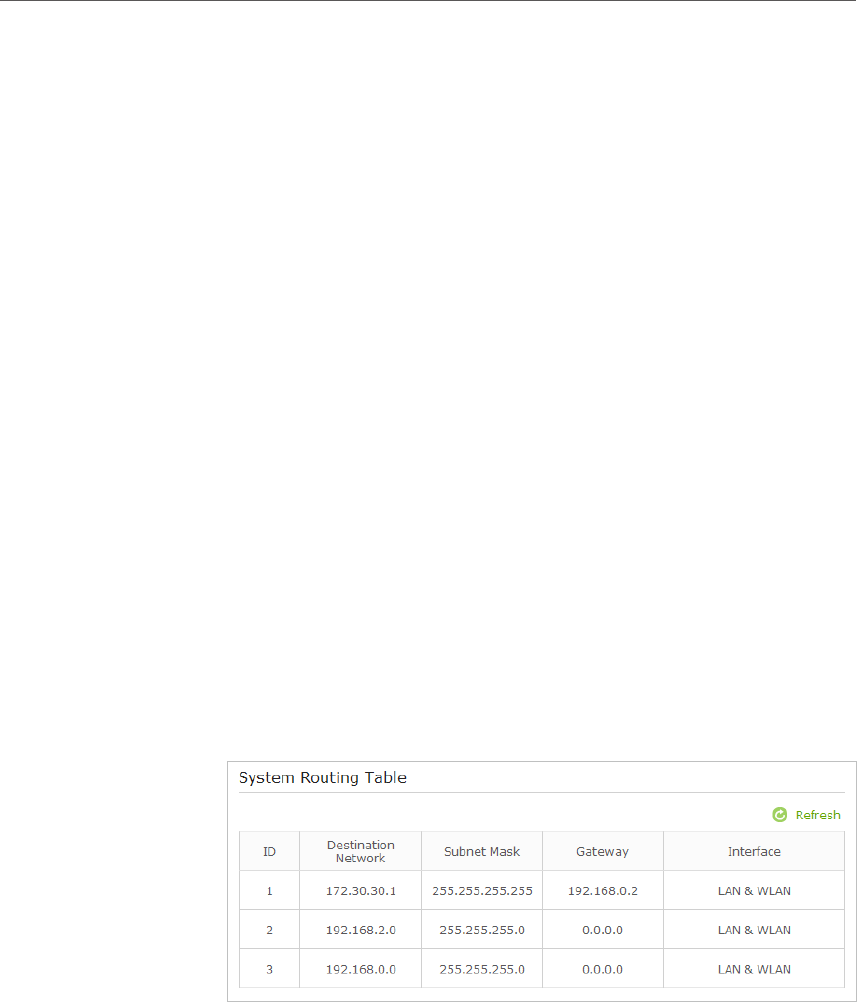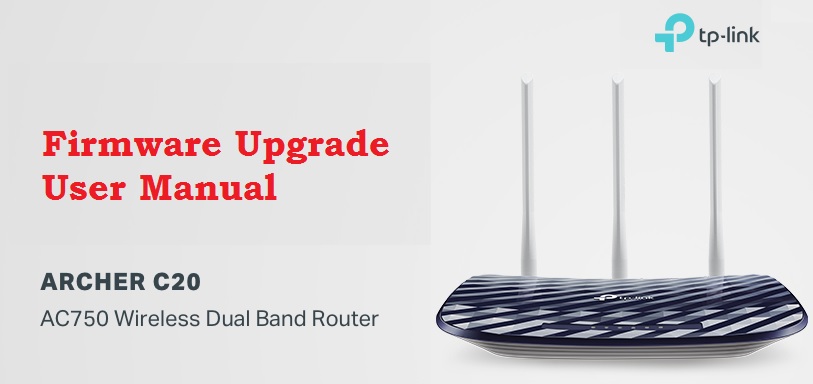
Again, 60W means a lot of power for a router, as many laptops these days take in only 45W. The TP-Link AC3150 takes in 12V at 5A, and that means a massive 60W consumption. Power consumption isn’t the friendliest to your power bill too, as it comes with a large power brick. I think it’s unusual to stress the WiFi signal this hard until it tanks, and this is a stress test after all. I discovered that during this “tanking period”, playing around in the web UI can cause the transfer speed to drop 0MB/s. Particularly on the single 2.3GB file, it copied for about 15% of the file before the speed dropped and tanked to the aforementioned lower speed mentioned in the above table, and stagnated.
Tp link drivers windows 10 c3150 keygen#


While copying out of the TP-Link AC3150 can bring its theoretical max speeds via AC WiFi, copying files into the USB however shows another story, as it just can’t keep up with USB 3.0 speeds and was consistently hanging. I was getting inconsistent transfer speeds, and it sometimes reached 1.2MB/s and fluctuates to zero.Īnother thing I discovered is the file transfer speeds via USB on the TP-Link AC3150. When I moved to the other end of the house, the connection starts to drop off. The signal drops off quite significantly when I was at one floor below the router – especially when it comes to the single large file test. These were done by copying files via the AC WiFi SSID between two computers. Here are my findings when I used the 802.11ac WiFi on the TP-Link AC3150. 5GHz, the signal drops off quite significantly when I was at one floor below the router.

Throughout my test, the TP-Link AC3150 the speeds are good, but signal strengths just aren’t that strong compared to its elder brother, or my personal unit of the ASUS RT-AC66U. The interface and setup process is mostly the same as its elder brother, the TP-Link AC3200 which we’ve seen here,


 0 kommentar(er)
0 kommentar(er)
